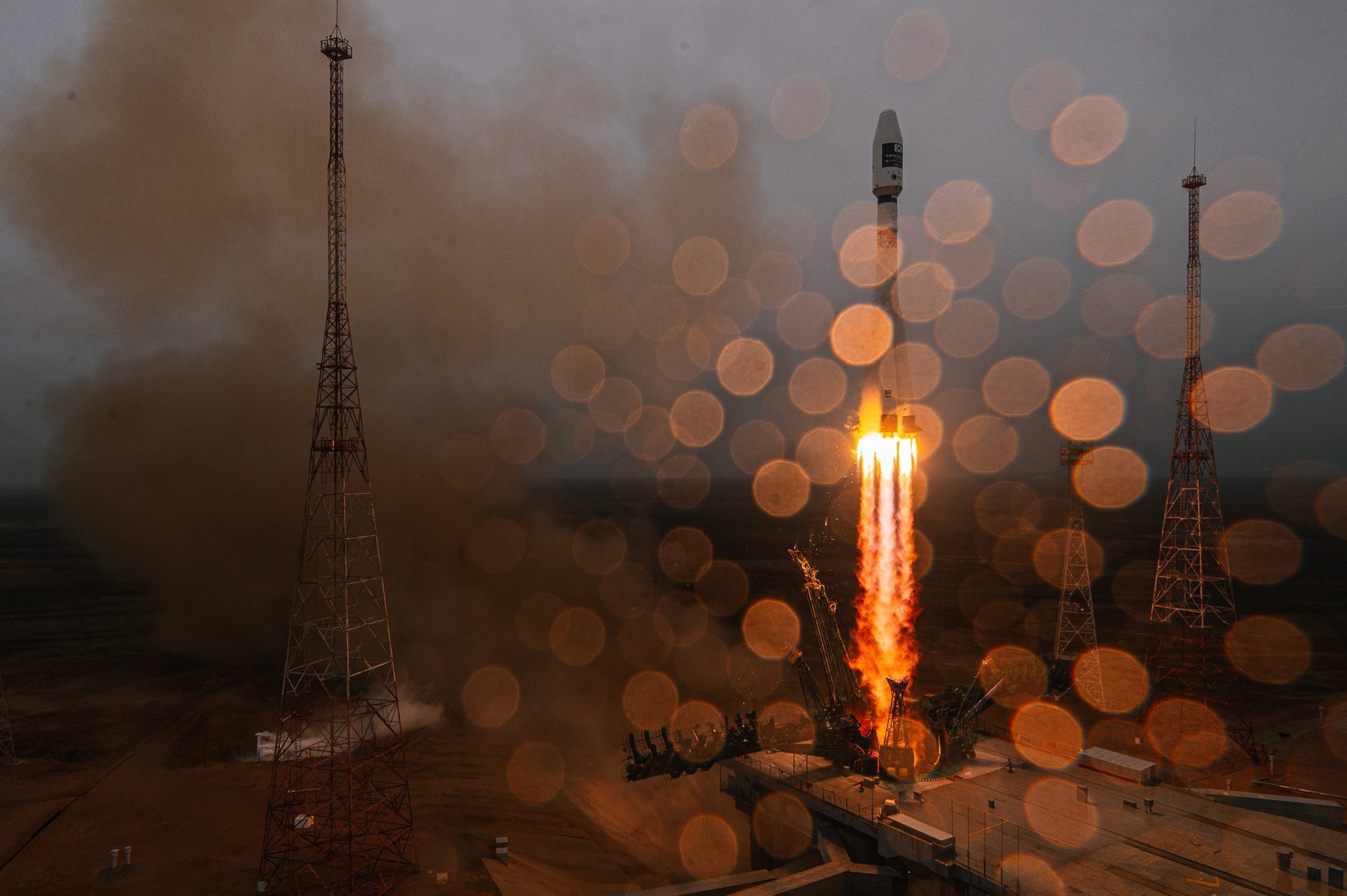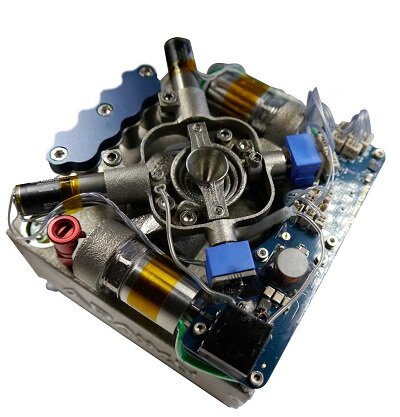Dawn Launches Eighth In-Space Propulsion Unit for 2021
Dawn Aerospace today announced another of the company’s CubeSat propulsion units, designed to manoeuvre small satellites in space, has been successfully launched.
The CubeSat propulsion unit flew on Hiber Three, an Internet-of-Things (IoT) satellite created by European company Hiber. The satellite was launched on 22 March from Baikonur on a Rosocosmos Soyuz-2 rocket.
The CubeSat propulsion unit is a new-to-market, green propulsion system by Dawn Aerospace and Hyperion Technologies. The propulsion unit allowed Hiber Three to use a cost-effective rideshare launch to reach orbit, but then manoeuvre into position with the already on-orbit Hiber One, Two and Four under its own power - becoming part of the constellation. This is a low-cost and quick way for satellites to reach their destination without the need for dedicated launch vehicles.
Hiber estimates that using Dawn’s CubeSat propulsion will result in Hiber Three’s arrival at the desired orbit three months faster than using electric propulsion. Having propulsion onboard also ensures the satellite, and its future descendants, avoid collisions and can be maneuvered by ground engineers.
As a responsible operator, and as a means to mitigate against space debris, Hiber intends to deorbit satellites at the end of their life using Dawn’s propulsion technology. The propulsion unit is used to push a satellite back towards Earth, and the 10cm x 10cm x 30 cm (3U) satellite will burn-up on re-entry into Earth’s atmosphere.
Last night’s success makes this the eighth in-space propulsion unit Dawn has launched this year - another CubeSat propulsion unit launched on SpaceX’s Transporter-1 mission in January, along with six of the company’s B20 thrusters. Dawn Aerospace is focused on delivering sustainable, scalable space solutions; delivering, positioning and returning (de-orbiting) satellites. The company utilises unique self-pressurising green-propellants for in-space propulsion.
“Historically, there have been questions about whether highly-pressurised propulsion systems would receive launch waivers to fly on rideshare missions”, said Stefan Powell, Dawn CTO and Co-founder. We have recently seen our units - which use pressurised nitrous oxide and propene - successfully receive waivers from a number of launch vehicles globally; in the United States, Europe and now Russia. Our technologies are trusted and demonstrate that green propellants, when expertly designed and manufactured, are a safe and competitive alternative to toxic fuels such as hydrazine, or low-performance, unpressurised systems like electric propulsion.”
Launch, March 22, Rosocosmos Soyuz-2
Hiber Three will be used to support Hiber’s range of IoT products. The company’s mission is to bring connectivity to areas where there’s never been affordable cellular access and wifi. The latest is a complete end-to-end wellhead pressure and temperature monitoring systems for the oil and gas industry.
The Dawn Aerospace CubeSat propulsion unit launched on Hiber Three was manufactured in Christchurch, New Zealand, prior to assembly and acceptance testing in Delft, Netherlands.
What is a satellite thruster?
Thrusters, or in-space propulsion, are rocket motors that are part of the satellite itself. They allow the satellite to manoeuvre in space after their initial boost onto orbit. They serve several functions; they can perform corrective manoeuvres if a satellite hadn’t been delivered in the correct orbit, they can orientate a satellite, can be used for collision avoidance, and can carry a satellite further afield, for example on a mission to Mars.
Dawn Aerospace CubeSat Propulsion Unit
Payloads Ahead of March 22 Launch. Credit: GK Launch Services



